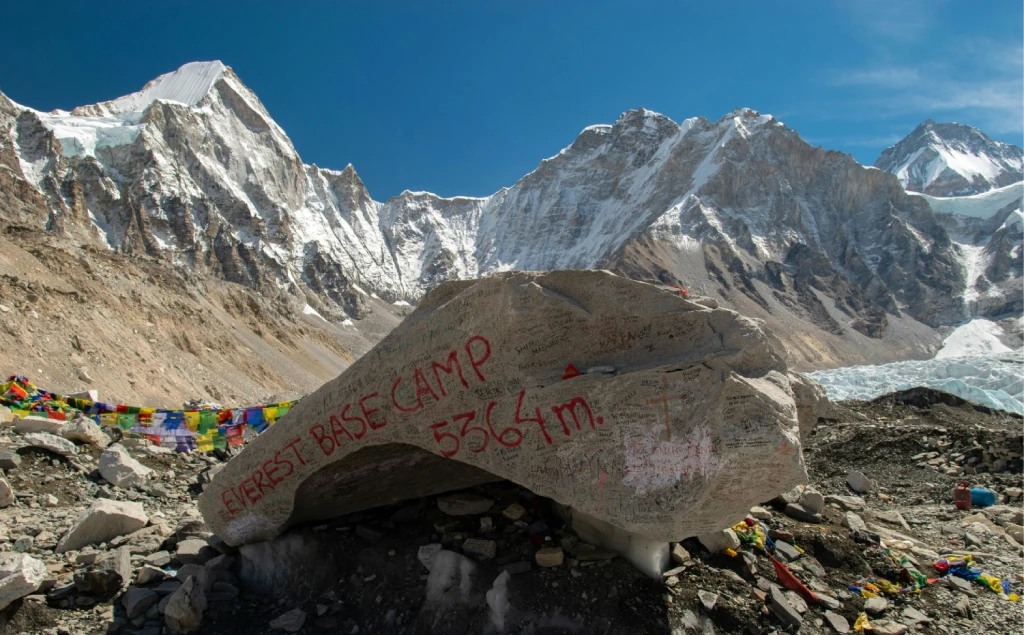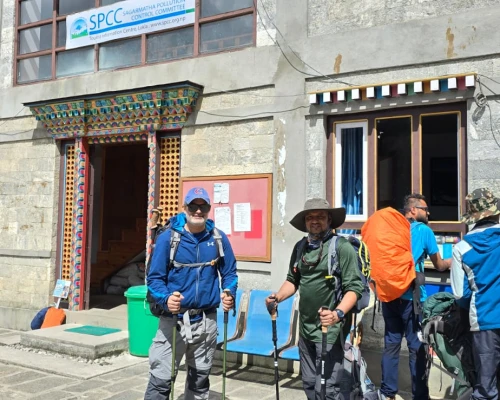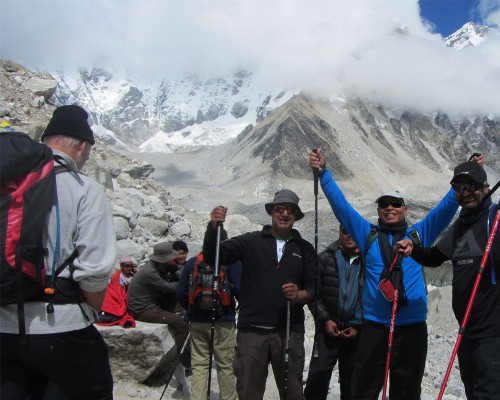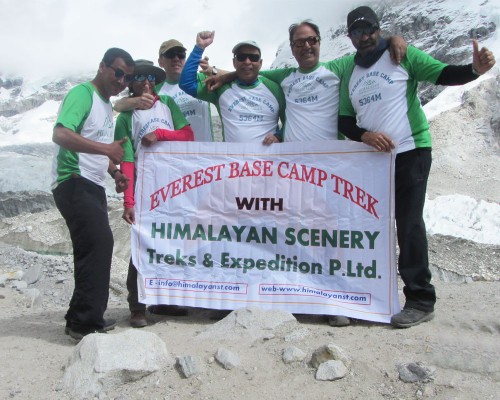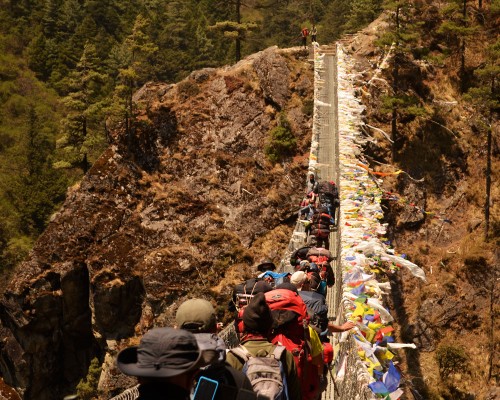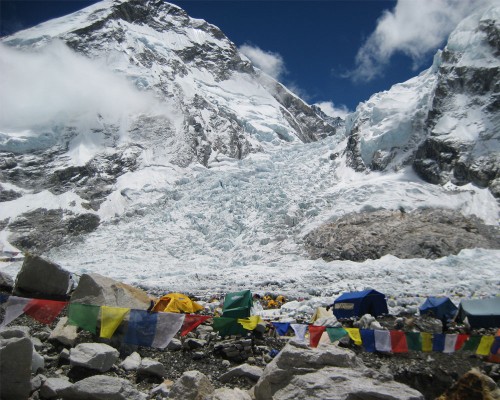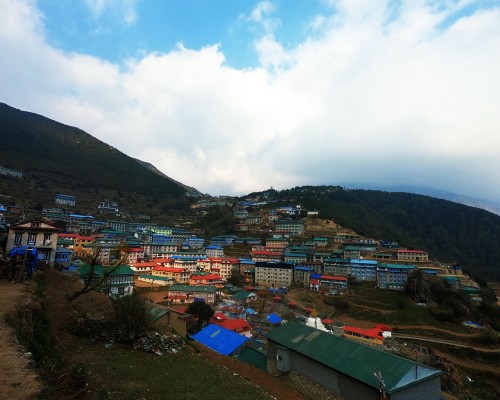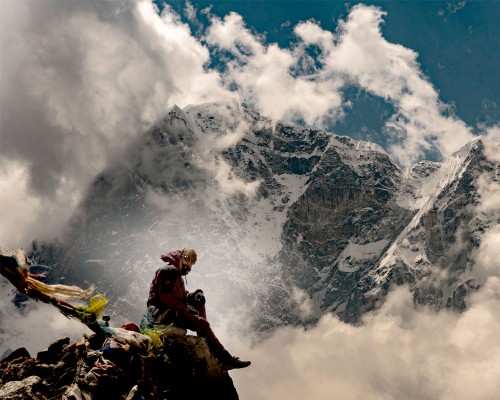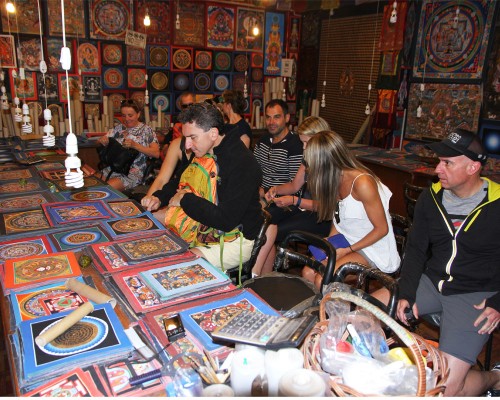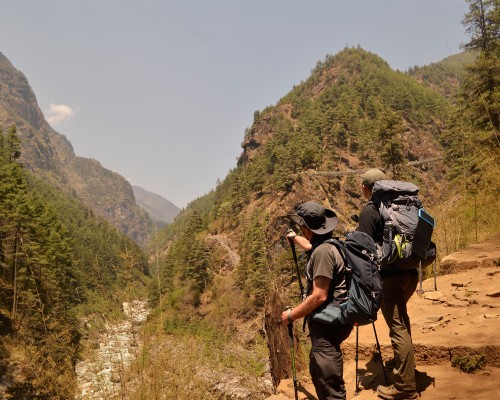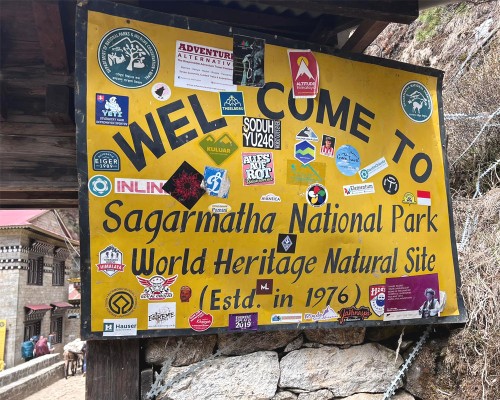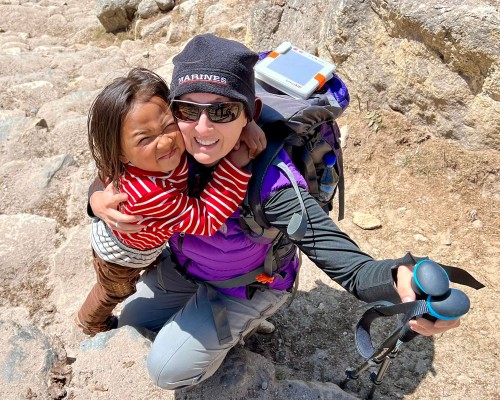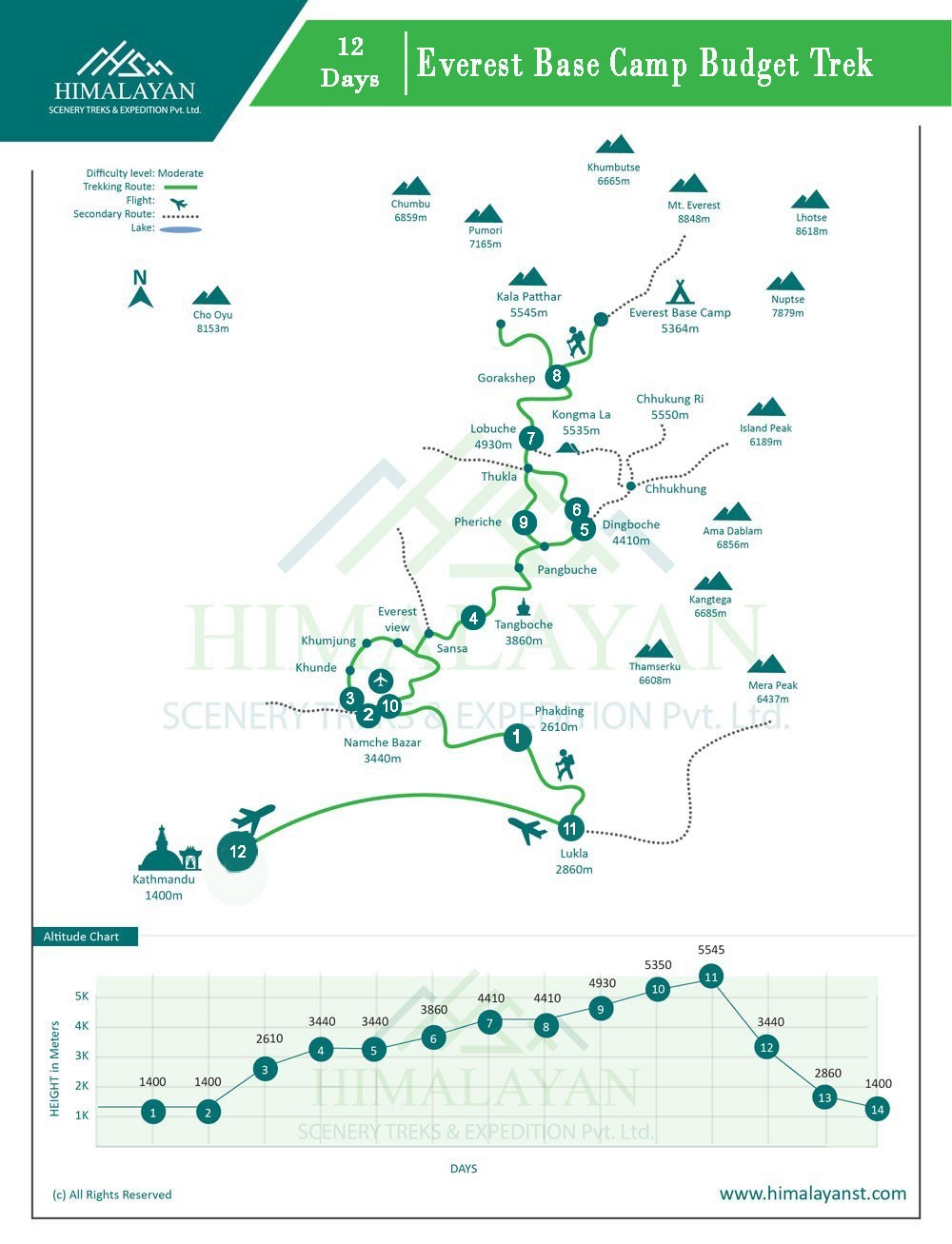Trek to Everest for Just $699!
Join the cheapest Everest Base Camp trek—safe, scenic, and budget-friendly.
📲 Book Now or WhatsApp us to get started.
Explore the world’s most memorable and picturesque walk. It is popular among passionate trekkers around the world for several reasons. Traverse the landscape with thin air, dense forests, the Dudhkoshi River, glaciers, and ice falls. Cross the suspension bridges festooned with prayer flags. Explore culturally rich Sherpa villages, rich biodiversity, flora, and fauna. Feel the vibrant Buddhist heritages that take trekkers to a wonderland.
Join our budget-friendly Everest Base Camp Trek—a 12-day journey through the heart of the Himalayas. Designed for cost-conscious adventurers, this is the cheapest Everest Base Camp trek available without compromising safety or experience.
Walk through Khumbu valleys, past prayer-flag-draped bridges, glaciers, and rhododendron forests. Interact with welcoming Sherpa locals. Reach Everest Base Camp at 5,364 meters and enjoy the view from Kala Patthar—one of the best vantage points in Nepal.
The trek begins with the 15-minute dramatic flight from Manthali to the marvellous hill town of Lukla. With the gentle introduction of trekking after the trek to Phakding, real trekking in the Everest region begins. You'll pass through the Sherpa hub of Namche Bazaar. Explore the culturally rich settlement of Tengboche. Reach the highest year-round settlement of Dingboche. Trek through Lobuche and Gorakshep. Visit Everest Base Camp, where there's no overnight stay. Finally, trek back to Lukla, the starting point.
Everest Base Camp Trekking Distance
This Everest Base Camp trek for less covers around 130 km round trip. That’s 65 km each way, completed over 12 days. Two full days are set aside for acclimatisation to adjust to the altitude.
Although this is a low-cost Everest trekking package, the itinerary is well-planned for both safety and comfort. You can also customise the route if you need more time.
How difficult is the trek to the Everest Base Camp?
The affordable Everest Base Camp trekking package is moderately challenging. If you can walk 5 to 6 hours a day with a small backpack, you can do this trek.
If you don't have previous trekking experience, you don't need to worry, as you can easily hike without any issues. If you can walk about 4 to 6 hours a day and are used to doing long hiking, then the trek is going to be easy for you.
The main challenge is altitude, not terrain. Even though it's a budget-friendly Himalayan adventure, we recommend good physical and mental preparation. Include activities like hiking, swimming, or stair climbing in your training.
Going unprepared would undoubtedly put a significant obstacle in the way of your goal of arriving at your destination and taking in the breathtaking scenery along the route. There is no cure for altitude sickness; the only option is to return home and try again later.
You should be able to walk for 5 to 6 hours each day while carrying a rucksack weighing about 5-7 kg. As a result, to participate in the trip, you must be in good physical and mental health.
Check more details on the Difficulty of the EBC Trek
Guide for the Cheapest Everest Base Camp Trek
Choosing a trained and licensed guide is the most crucial choice you will make while organising your trip. You won't experience any unpleasant surprises about the terrain, the weather, or any other facets of the trip if you have an experienced guide.
Even for a budget Everest trekking package, we provide a government-licensed, experienced guide with high-altitude training. Your guide ensures a safe, informed, and enjoyable trek.
For groups over 10, we also include an assistant guide to maintain a good guide-to-trekker ratio. This affordable Himalayan trek still offers expert care throughout.
Accommodations used for the Cheapest Everest Base Camp Trek
This Everest Base Camp trek on a budget includes basic, clean lodges. Rooms are usually twin-sharing with shared bathrooms. While there's no luxury, the teahouses are safe, warm, and friendly.
Carry your own sleeping bag or rent one in Kathmandu. We want this low-cost Everest trekking experience to be real, raw, and rewarding.
Note: In some cases, depending on availability, you might also be sharing the room with 3-4 trekkers.
Check more about the lodges of Everest
Who is this Cheapest Everest Base Camp Trek for?
This low-cost Everest trekking package is designed for:
- Fit travellers who want the adventure, not the fluff
- People are okay with basic lodges and optional meals
- Trekkers aged 17–65 (or older with fitness and consent)
- Anyone looking for a cheap Everest Base Camp trek that still delivers value
